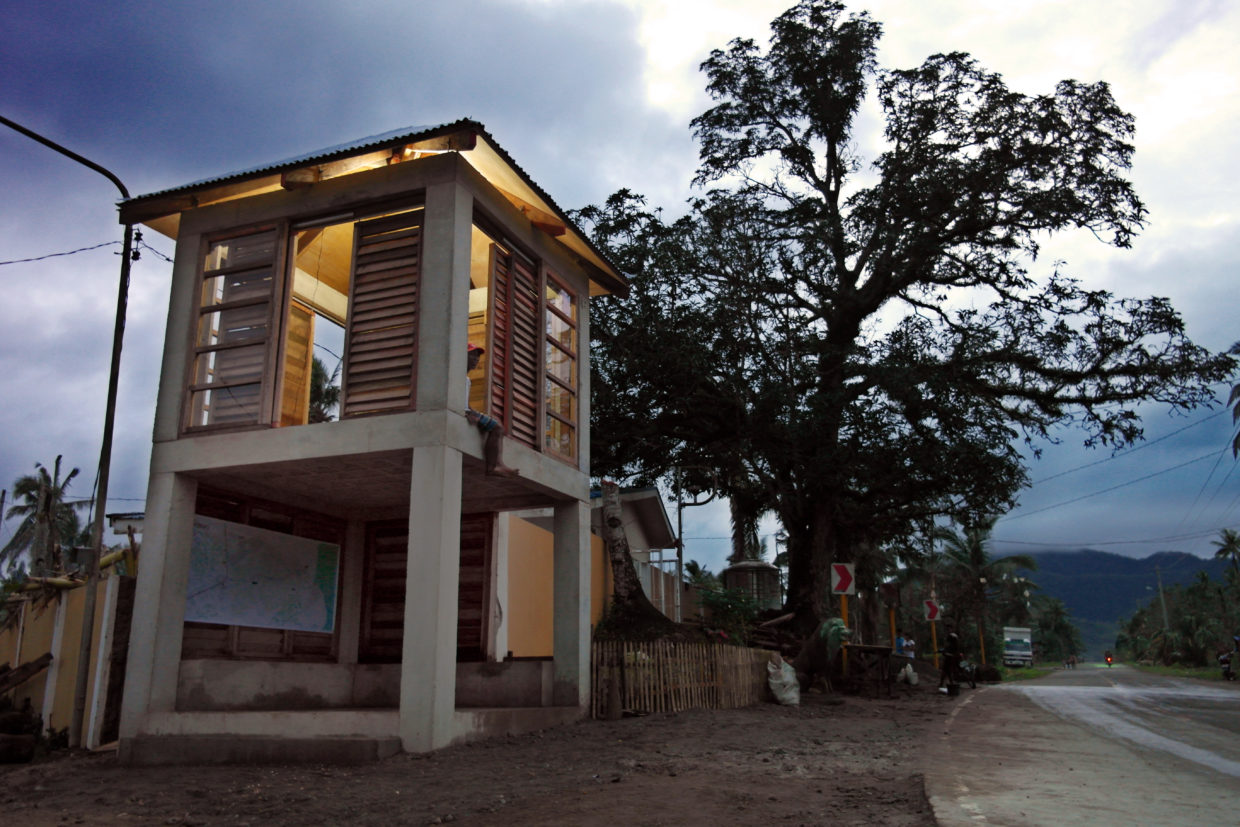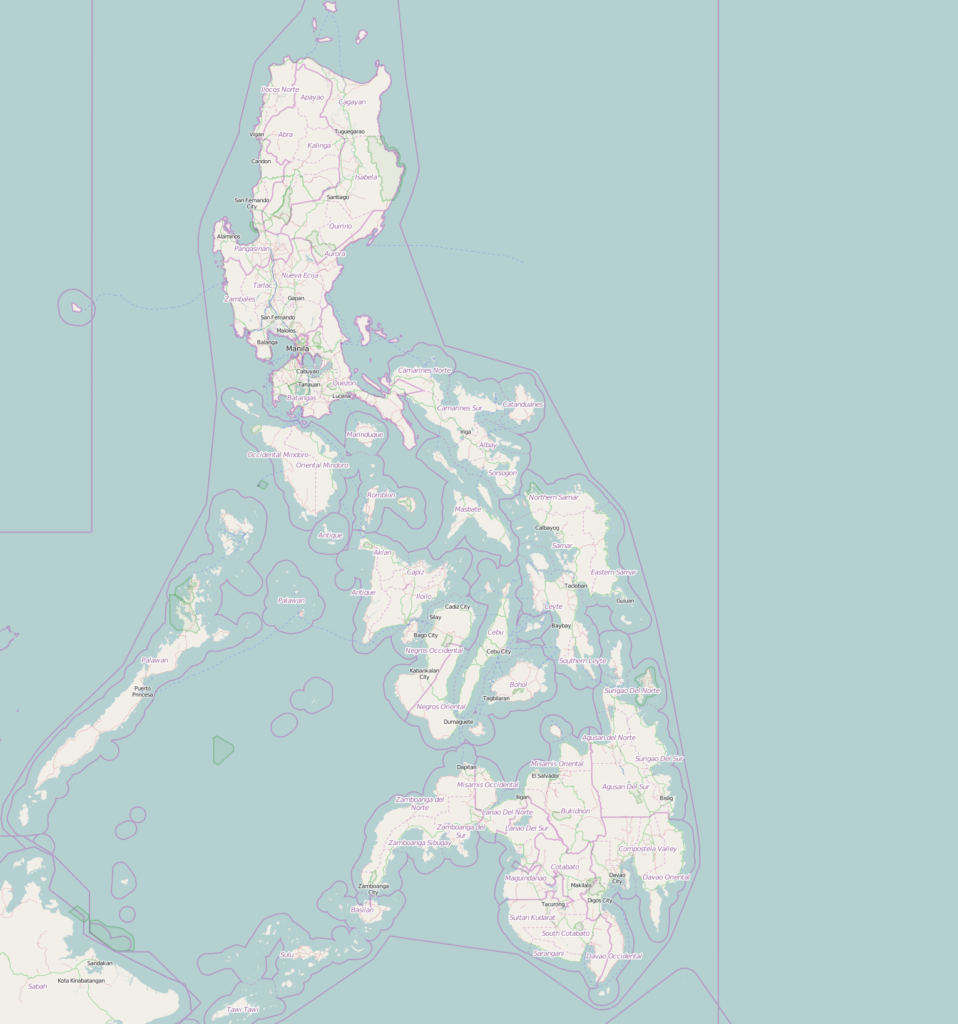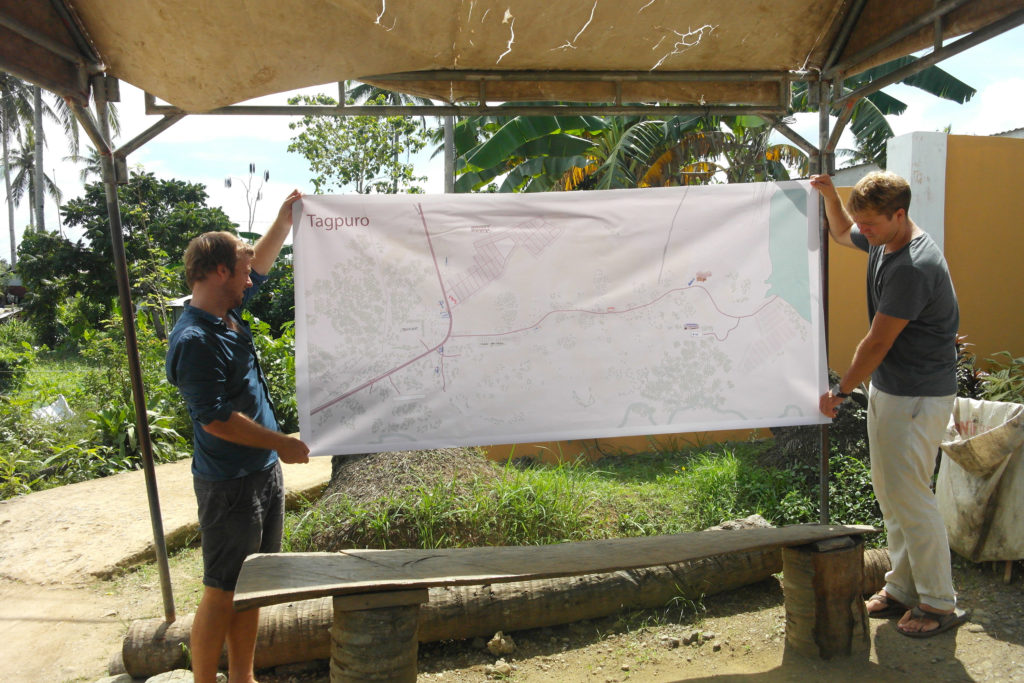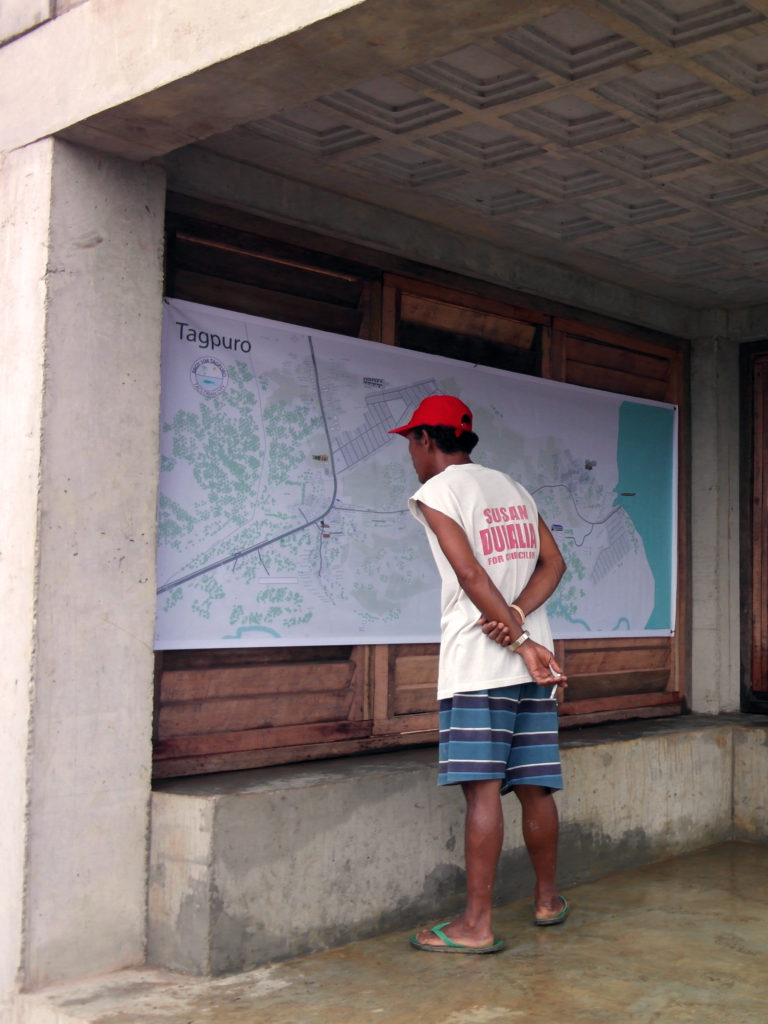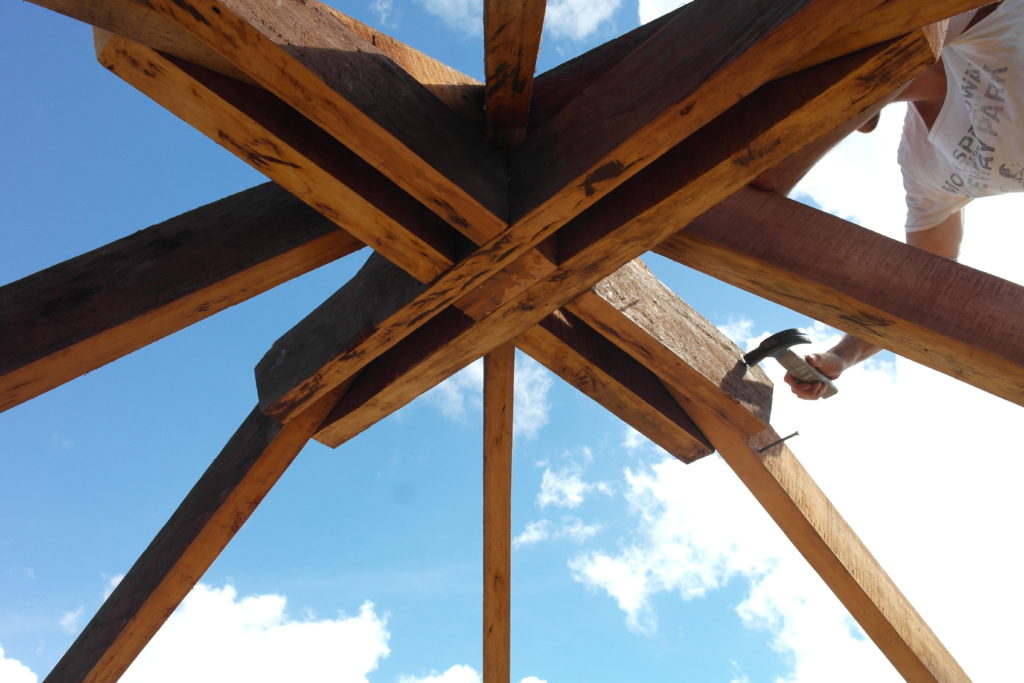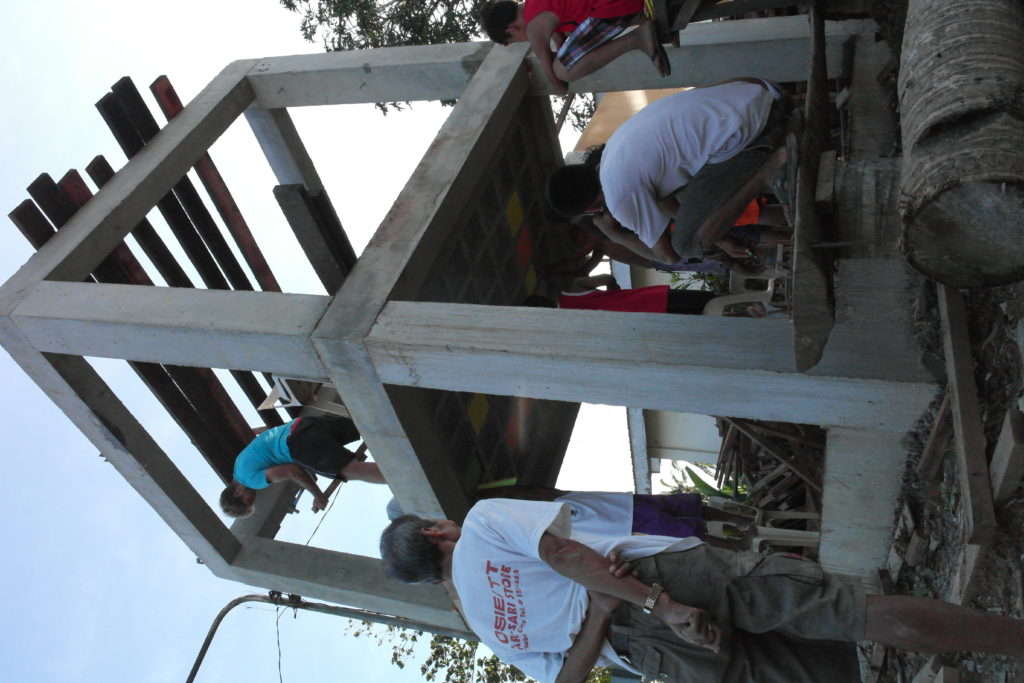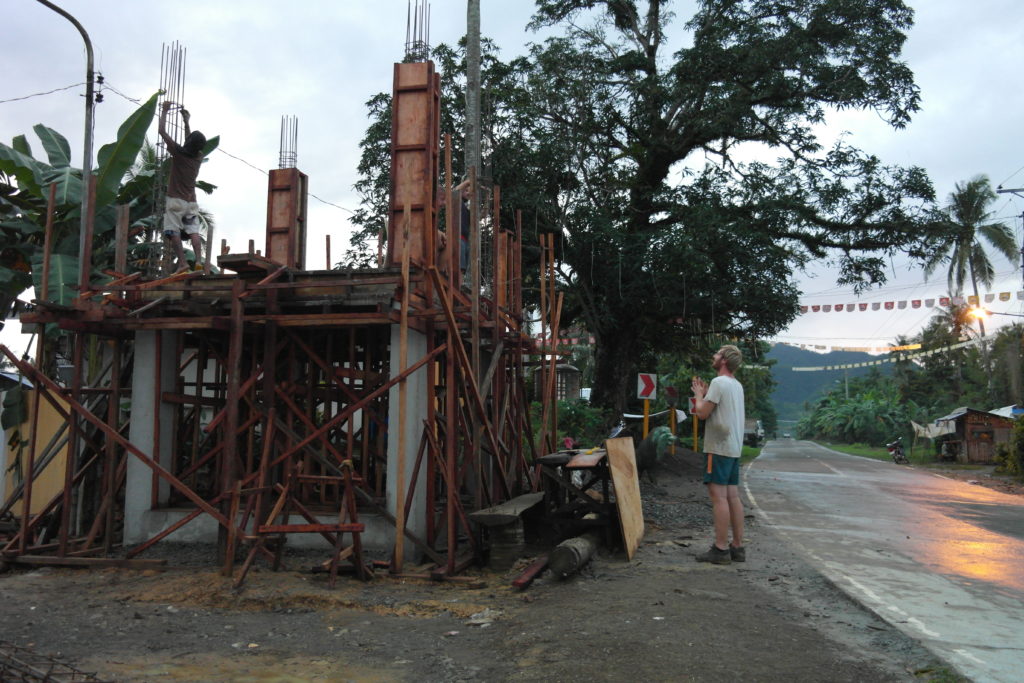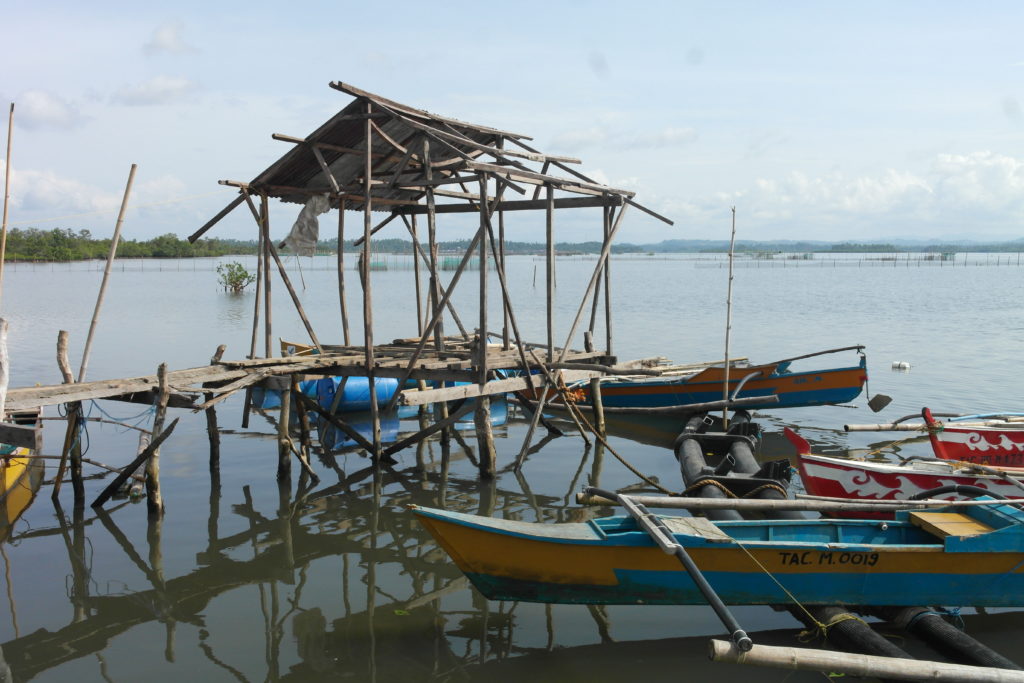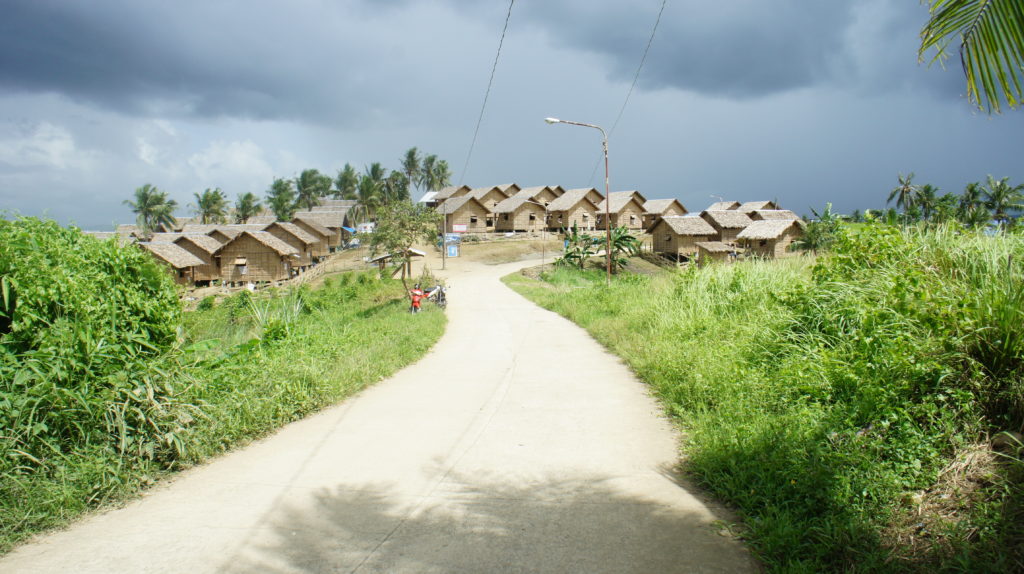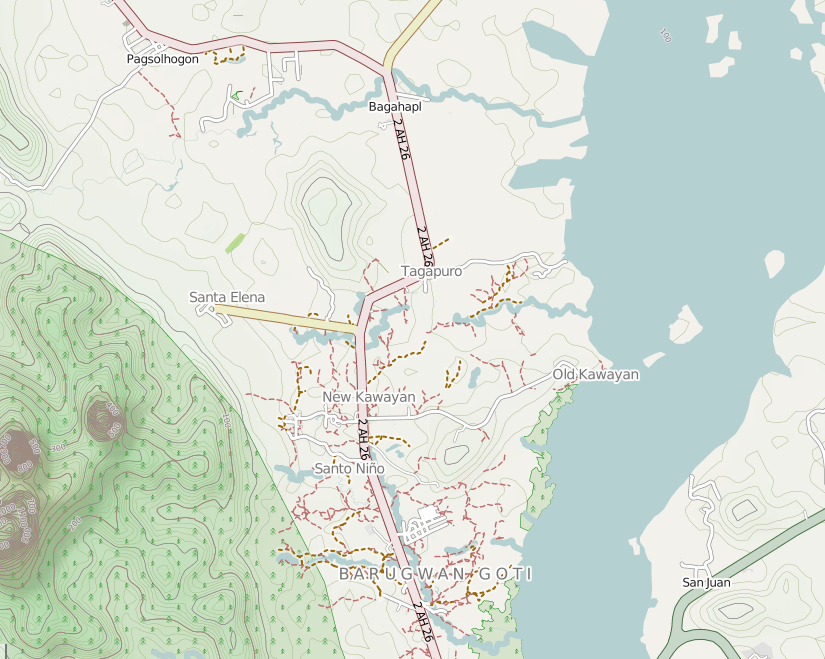Tagpuro is a small village that lies 16 km north of Tacloban, a city devestated by typhoon Haiyan in November 2013. As a result of this Tagpuro is experiencing significant changes due to the relocation of the displaced victims of the typhoon. The number of inhabitants in this village will have a fivefold increase over the next years. Among the new inhabitants will be a Tacloban based orphanage that has sought out a safer place than their current shoreside location. In collaboration with the orphanage Streetlight, the students Kristin Solhaug Næss, Anders Gunleiksrud, John Haddal Mork and Sebastian Østlie undertook a mapping of Tagpuro. The process of mapping grew into a physical project built together with the local residents.
The map provides information about the current and planned physical environment. It is meant to inform the residents and can act as an important reference while Tagpuro transforms from a rural to a more dense area. As the area develops, the map with constant updates can help provide and encourage transparency. Names of all the residents on the map emphasizes their importance to the community and promotes a sense of inclusion, particularly for the new and future residents. The size and quality of the map and illustrations is important, both for usability and making the map interesting and valuable. Additionally, the location is crucial to make sure everyone can see and make use of the map. Everyone involved agreed that it needed to be public and shaded from the blistering sun.
Through an ongoing dialog with the council the idea of an information board with a roof soon developed into a “waiting shed” combined with a tanod outpost above. It´s common for the barangays (villages) to have a building for the local security, often no more than people volunteering for the neighbourhood watch. This is the role of the tanod. The term waiting shed is a local name for a public building that provides shade and a seating area. A natural place to hang up the map. The council expressed a strong desire to combine these two programmes. This typology can be found in many towns and villages across the Philippines.
The design was developed through several meetings/sessions within a short space of time. Together with some of the key individuals in the village, the most fundamental architectural principles where established. The most significant of these was choosing a framework (both literally and figuratively) that allowed the design to continue during the construction. Concrete was a natural choice because of its longevity as it is typhoon and termite resistant. Additionally, concrete has status, utilises local resources and knowledge and requires only simple tools.
The community was very aware that the construction schedule was rigid to make sure that the building was finished before the students left. However, the plan was communicated by the students in specific stages, to prevent disappointment based on expectations. There is always some degree of uncertainty in a construction process and the students had a fixed date for leaving. After completing the first round of casting the students became more confident in completing because of the enthusiasm and help from the community. The willingness of the community was exemplified when casting the last ring beam. This was done at the last opportunity before typhoon Ruby, a grade five on course for Tacloban, would destroy the formwork. At this time everyone had to make their own typhoon preparations, yet still they found time to mix concrete and pass buckets.
The roof and wall paneling was completed with locally sourced hardwood, lauan, in a vernacular style. This meant creating natural ventilation in the walls, sliding doors and eaves. Despite obtaining rough materials with varying dimensions, the local carpenters pre-fabricated and fitted the wall panels and sliding doors without any issues. Naturally the community had strong opinions on the roof design based on their experiences from typhoons. Given the square plan, a hipped roof was preferable and ideal for resisting the strong winds. This was an opportunity for the students to introduce new construction methods to the community. The local carpenters, in return, showed the students how this could be achieved with the tools available. This was a lightbulb moment that exemplified how much everyone was learning from each other.
The openness of the waiting shed provides views of oncoming Jeepney busses and vendors on motorbikes. Being one of the few public places to sit in the heat of the day, the waiting shed is used just as much as meeting place. The lights and outpost above can help make the waiting shed a safe place to be, also after dark. With sliding doors and a window on every wall the tanods now have a space that provides a dry and breezy place to have an overview of the village. The elevated tanod outpost will also be a visible symbol of security for the local residents in Tagpuro.
FACTS
Location:
Tagpuro, Leyte, Philippines
Completion:
Autumn 2014
Organization:
NTNU Live Studio
Streetlight Philippines
Architects/Students:
Lars Sebastian Østlie
John Haddal Mork
Kristin Solhaug Naess
Anders Gunleiksrud
Collaborators:
Streetlight, Workshop Architecture, Tagpuro barangay 108 council, the people of Tagpruo

